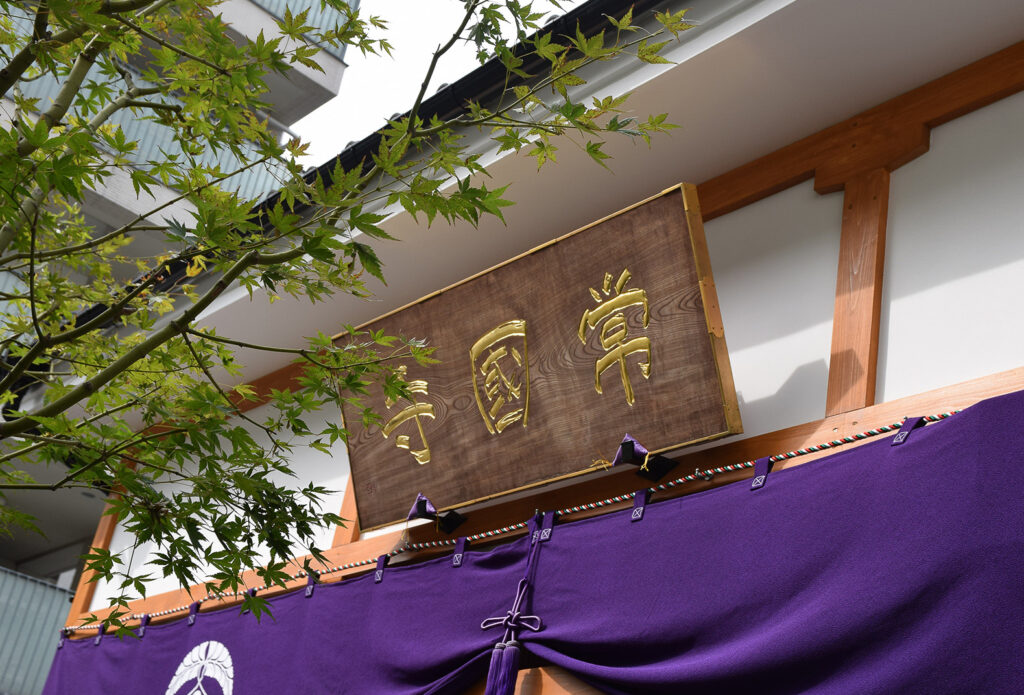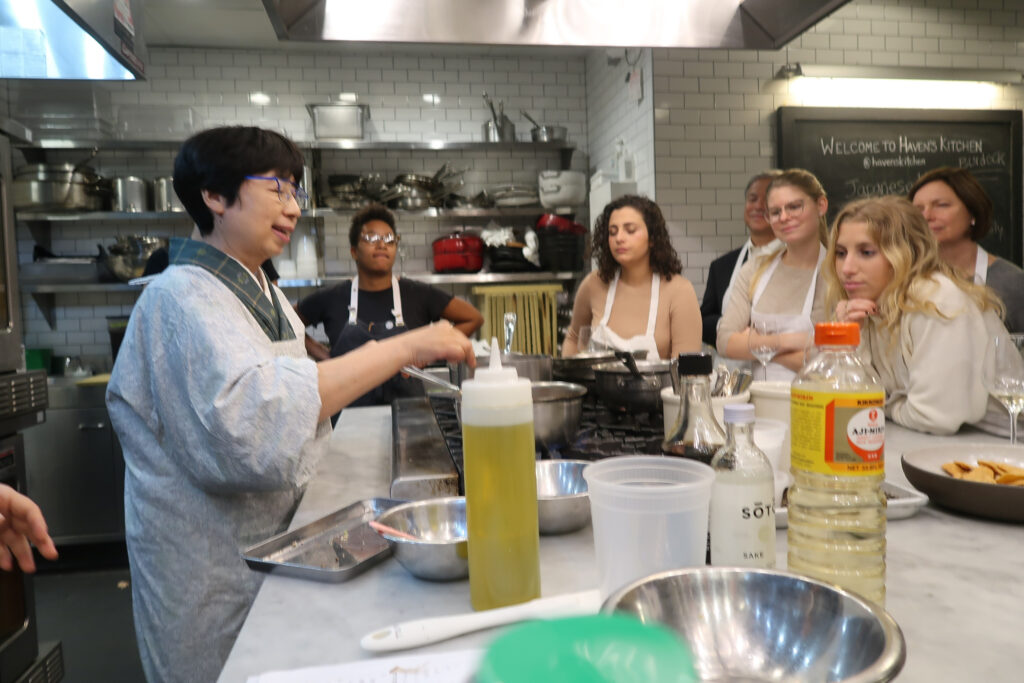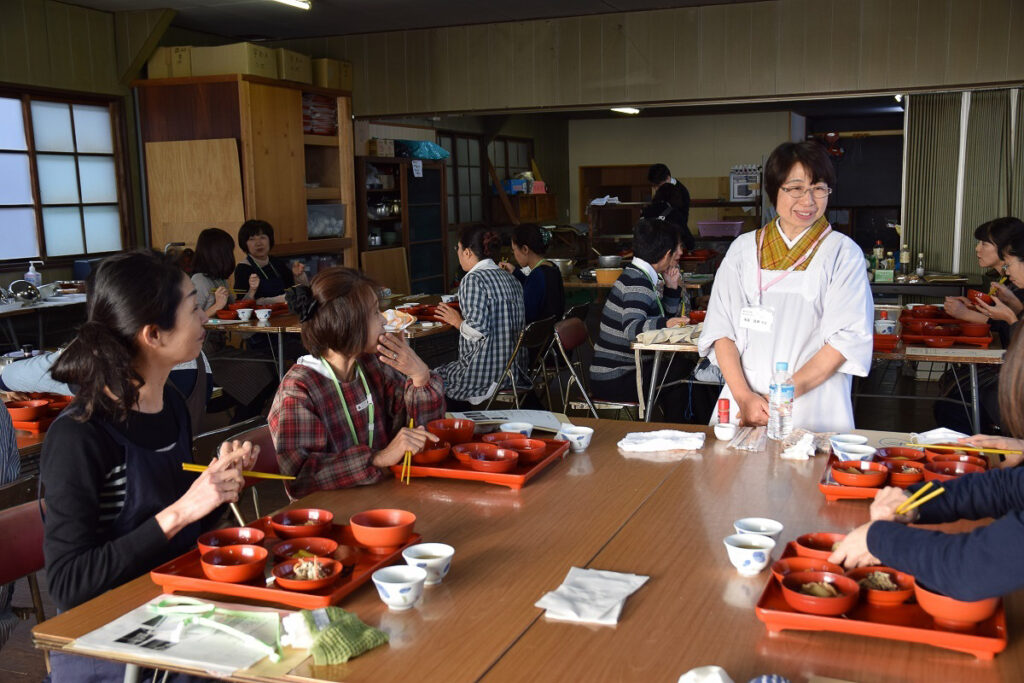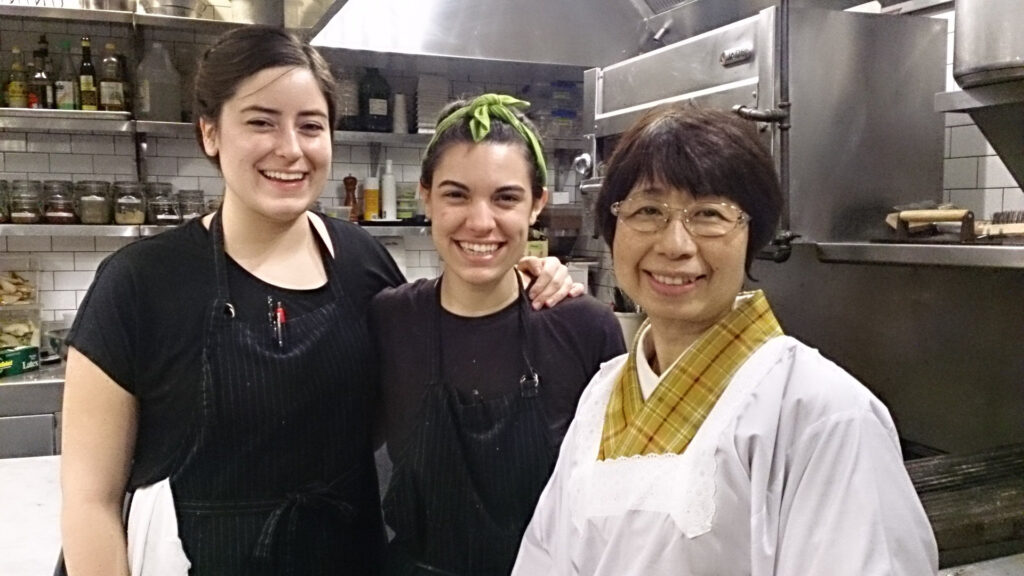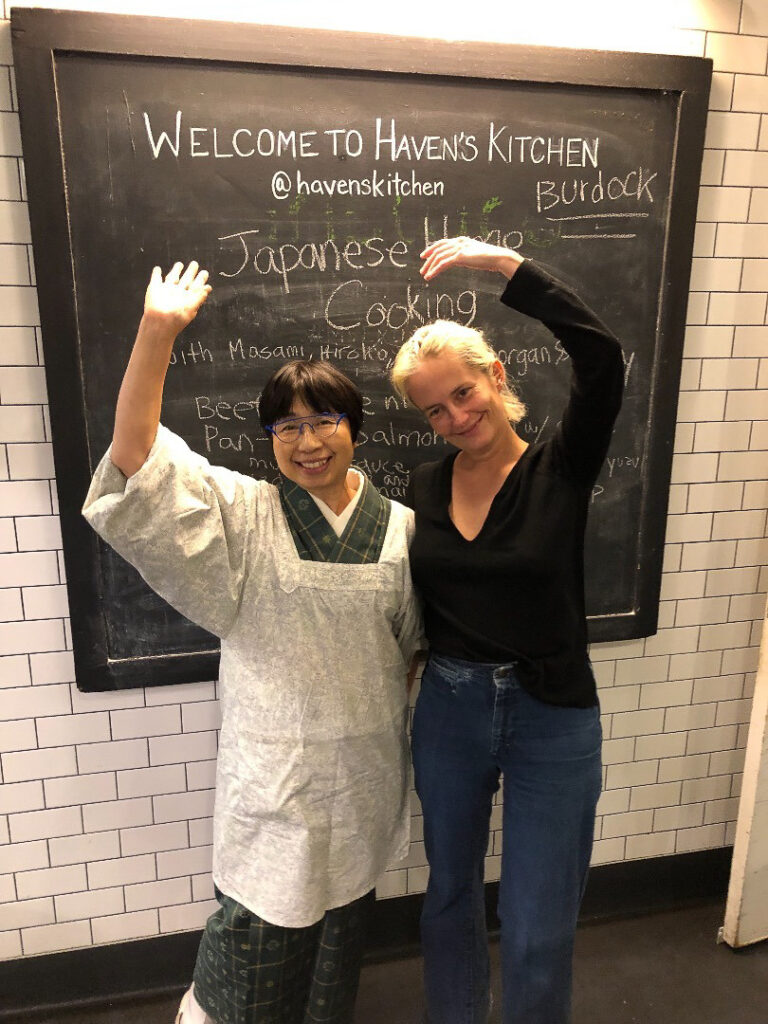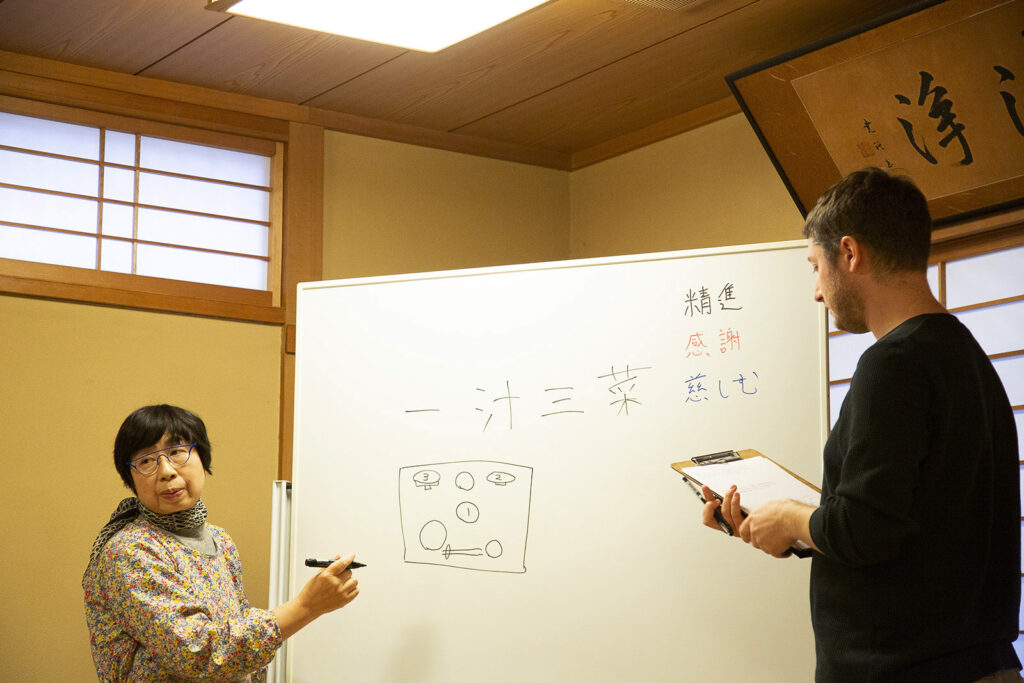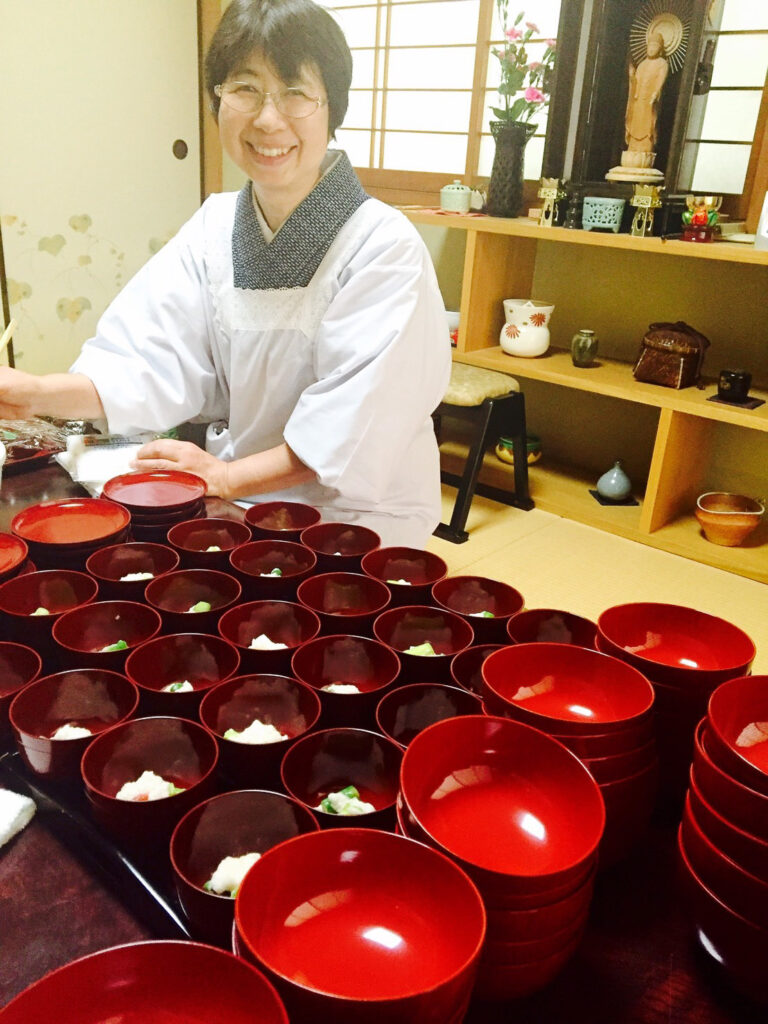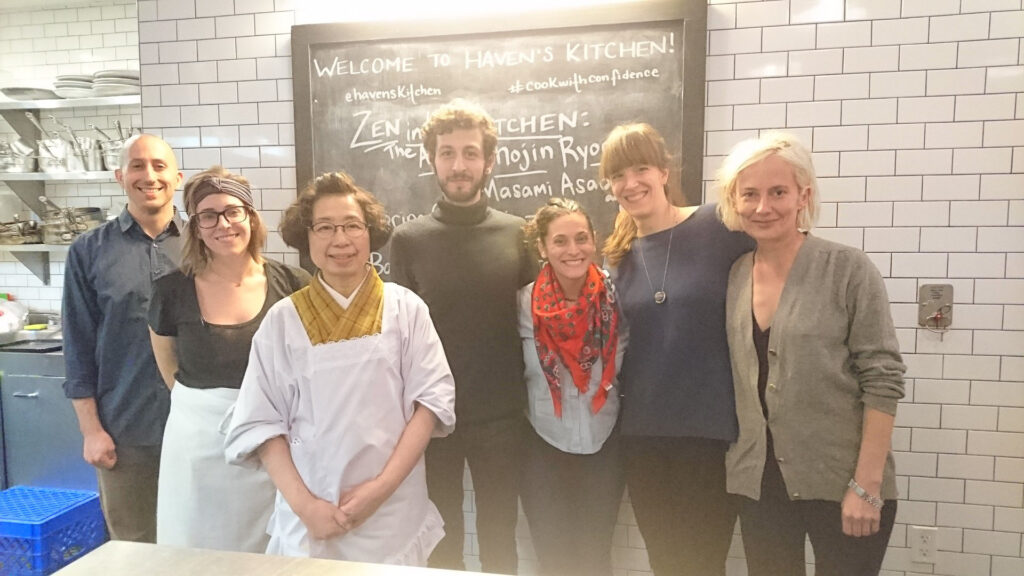Chef
Asao Masami浅尾 昌美
Head of Akasaka Teran
- National Registered Dietitian.
- Graduate of the Department of Food Science, Sagami Women's University.
- Assistant temple helper of Jokokuji Buddhist Temple.
Masami Asao is a monk, a temple chef, and a registered dietitian. She is the principal of Akasaka Teran, a plant-based cooking school located within Jokokuji, three-hundred-fifty years old temple in Tokyo, Japan.
She is active in temple operations as well as in her work as a registered dietitian.
-
Memberships
Tokyo Dietetic Association Area Activities Committee
Tokyo Dietary Education Promotion Network
History of Shojin Ryoji
-
What is "Shojin Ryori"?
Shojin Ryori is a cuisine based on the teachings of Buddhism. It is the simple, soup and vegetable based cuisine of Buddhist monks. Shojin Ryori is prepared without fish or meat as one of the five Buddhist precepts, ahimsa (non-violence), teaches that life should be honored and it is wrong to kill any living thing.
Great care is used in the preparation of Shojin Ryori to maximize the use of every ingredient to avoid waste.
"Shojin" (devotion) refers to earnestly pursuing the path of Buddha with a pure body and mind. Preparing Shojin Ryori and even eating it, is itself, a devotional practice.
-
The History of Buddhism and Shojin Ryori
Buddhism was brought to Japan in the year 538. In the year 675, Emperor Tenmu issued a ban for monks from eating meat.
As a result, eating meat in the temples stopped. In Buddhist doctrine, the abstinence of killing any living creature is related to the Japanese concept of "kegare" or uncleanliness.
In the early Kamakura period (1185-1333), the founder of the Soto sect of Zen Buddhism, Dogen, preached that all aspects of one's daily life is training. He wrote the essays, "Instructions for the Zen Cook" and "The Dharma of Taking Food". In them, Dogen wrote the guidelines for those who make and those who eat food. Today, they are considered the origin of Shojin Ryori, regardless of sect.
Elsewhere during the early Kamakura period, Shinran Shonin, the founder of Shin Buddhism, allowed monks to eat meat and to marry. He then set up a "Shojin Day" where one does not eat meat on the death anniversary of their relatives.
-
Shojin Ryori Styles Today
- Honzen-ryori: meal courses served all at once. Soto Zen Head Temple, and Daihonzan Eiheiji Temple follows this style.
- "Kaiseki Style: multi-course meal. Rinzai Daitokuji Sect Head Temple and Daitokuji Temple follows this style.
- Chinese Style: Chinese Buddhist cuisine style. Obaku-san Manpukuji follows this style
